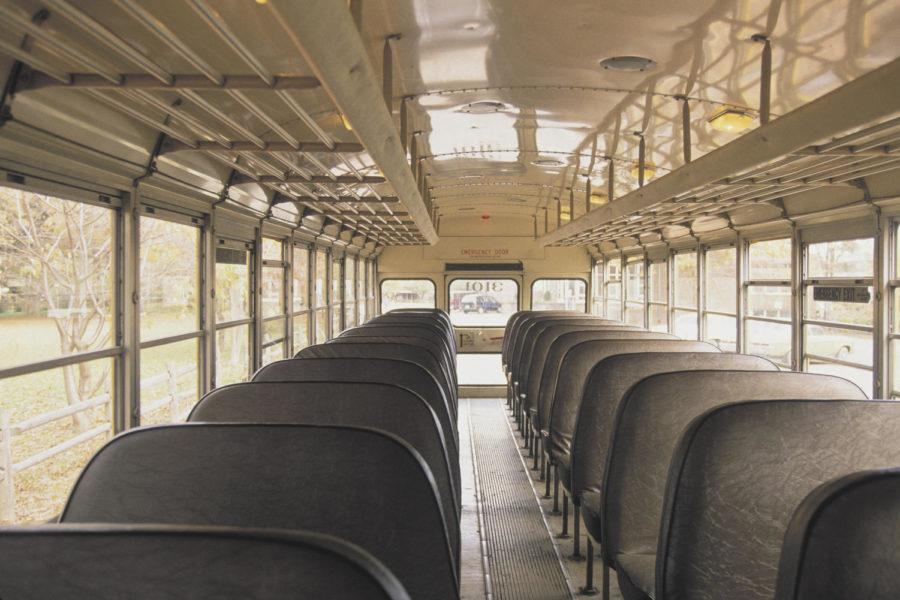Felker: Why school buses don’t need seat belts
seat belt
February 2, 2017
This is a bizarre debate. And, though any self-professed reasonable person must admit to at least some questioning of the status quo, I would ask that they put to bed any imaginings of 8-year-olds wildly careering through the air upon high-speed impact. School buses simply don’t need seat belts.
In this specific case, they are expensive, ineffectual, unnecessary and perhaps even more dangerous than their own absence; there is a reason most school buses haven’t already got them. Each bus and its interior is a padded, shock-absorbing metal rectangle, express-built for the transportation of children with safety in mind. An average of only six school-age passengers are killed in school bus crashes each year. It is dramatically more dangerous to drive a child to school — or even for him to walk — than to plant him on a bus.
Only six states have laws (of varying mandate) requiring school buses be outfitted with seat belts. In all the rest — including Iowa — parents must satisfy themselves with the knowledge that their child sits loosely in the bus’s cabin in the same manner a jelly bean might rattle around an ice tray. The choice to not strap down the jelly bean seems incorrect on surface examination, but there is sound logic behind it.
First, there are issues with young children and seat belts. If they could somehow be made to strap themselves in — and stay strapped in — throughout the entirety of the trip, and in a reasonable amount of time, then perhaps there could be sense in this. But the life of a bus driver is already a strained one — he carries not the authority of the parent or teacher, and there is of course the question of liability. This would be asking more from him than is judicious. Additionally, this is to say nothing of the dangers inherent in the improper use of seat belts, or even of a particularly rascally child using the strap or clip of the belt as a weapon against his enemies.
Second, there are questions of efficacy and necessity. According to the National Highway Traffic Safety Administration (NHTSA), the safety mechanism of a school bus “is provided by a protective envelope consisting of strong, closely-spaced seats that have energy-absorbing seat backs.” This so-called “compartmentalization” allows for “occupant protection such that children are protected without the need to buckle up.” What’s more, the very usefulness of seat belts in school buses is far from certain; there is heated debate in their relative value in the event of a crash.
And, lastly, there is the ever-present problem of cost. Installing seat belts on the average school bus would cost taxpayers in the region of $7,000 and $10,000, and there is even the possible corollary that such an investment might result in less funding for other school transportation safety services like street crossing guards.
To add, this greater cost of purchasing and operating school buses would likely result in less corresponding availability, and, consequently, more students would be forced toward alternative, less safe means of getting to school like carpooling with inexperienced drivers or walking through dangerously-trafficked areas.
In my mind, the only compelling reason to consider installing seat belts on buses is habit development. And if this is something that we have suddenly decided to spend our resources on, then I would argue there are plenty more imminent, relevant habits that the average school child should be forming. Let’s focus on those.
In the meantime, I would urge the more ingenious Americans among us to come up with some solution that is more apropos (and cheaper) than the three-point seat belt for use in school buses. How about some kind of low-impact air bag, or maybe even something like those padded restraints that secure roller-coaster passengers? I don’t pretend any expertise in this area, but I am sure there are alternatives.
So, finally, here is my suggestion: skip the seat belts. Take the money they would’ve cost, and give the best middle school teacher in each district an all-expense paid weekend trip to Key West every year. The state’s tax funds would be better spent, and the students would see the benefit more directly.
















